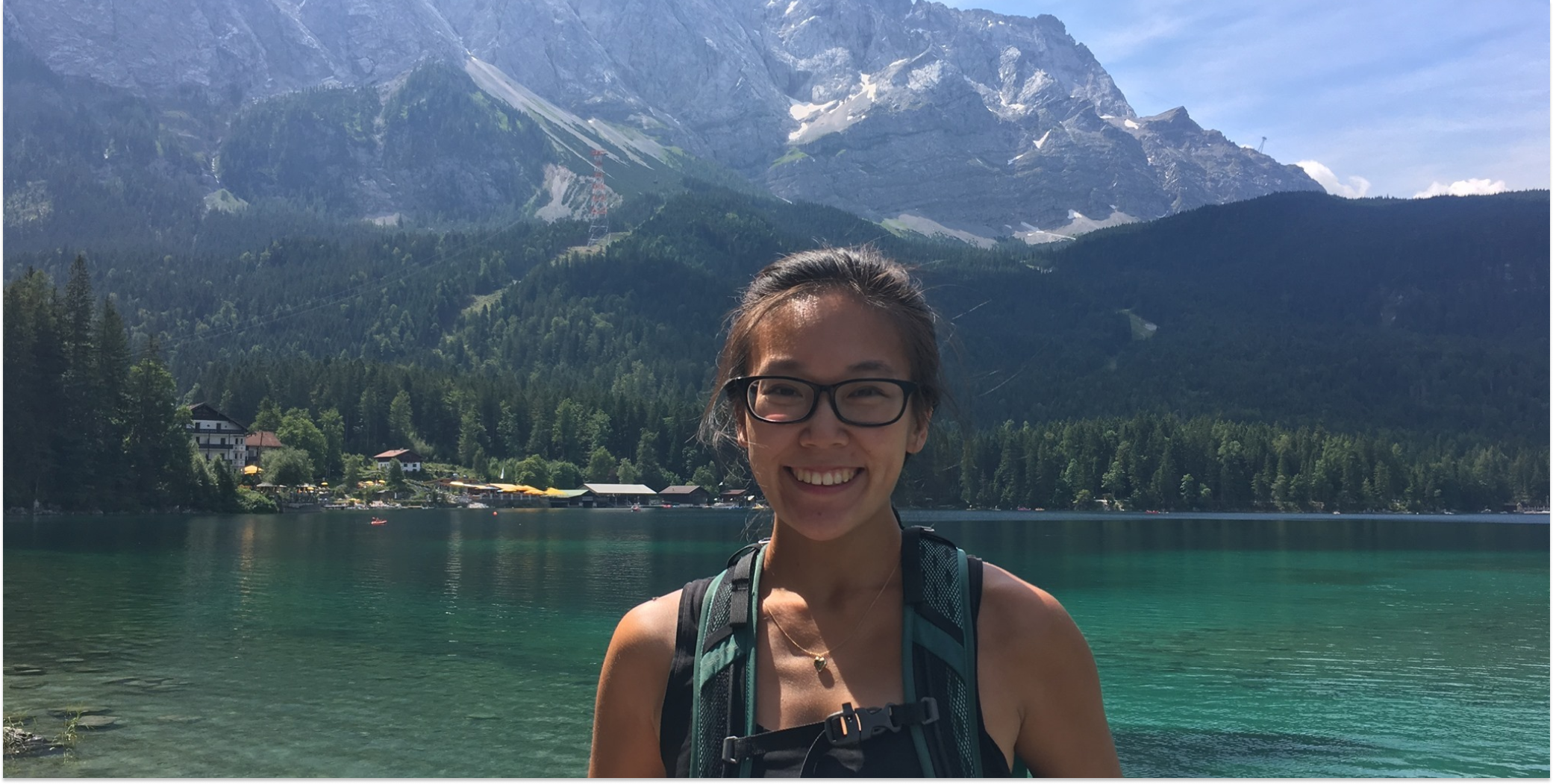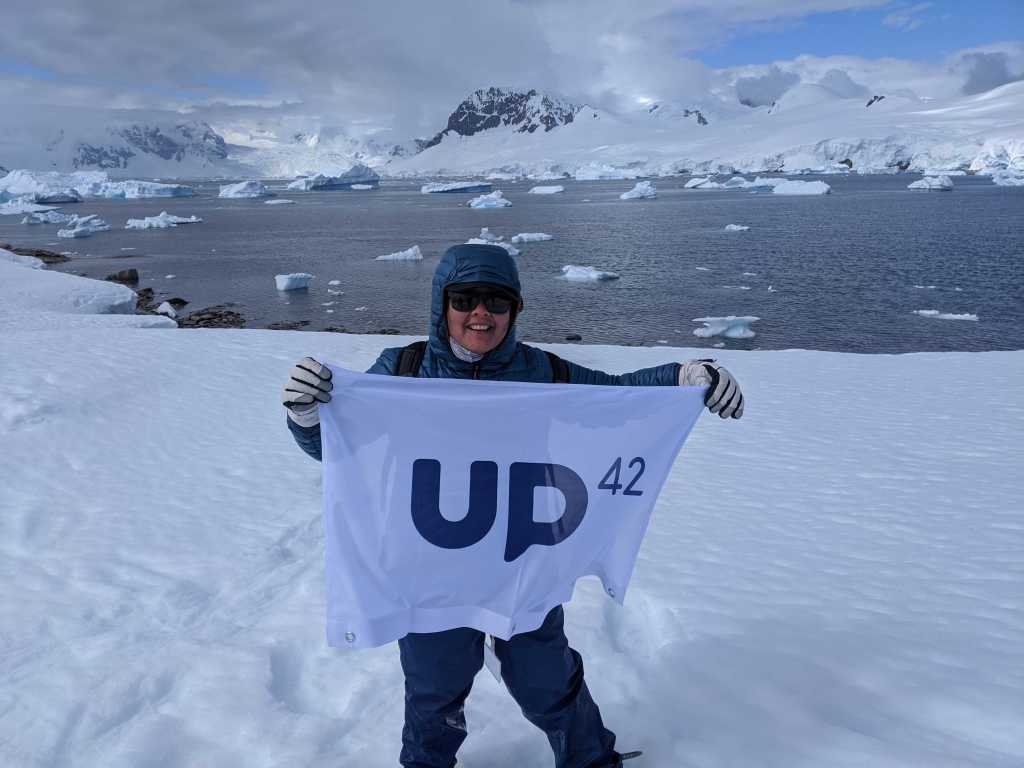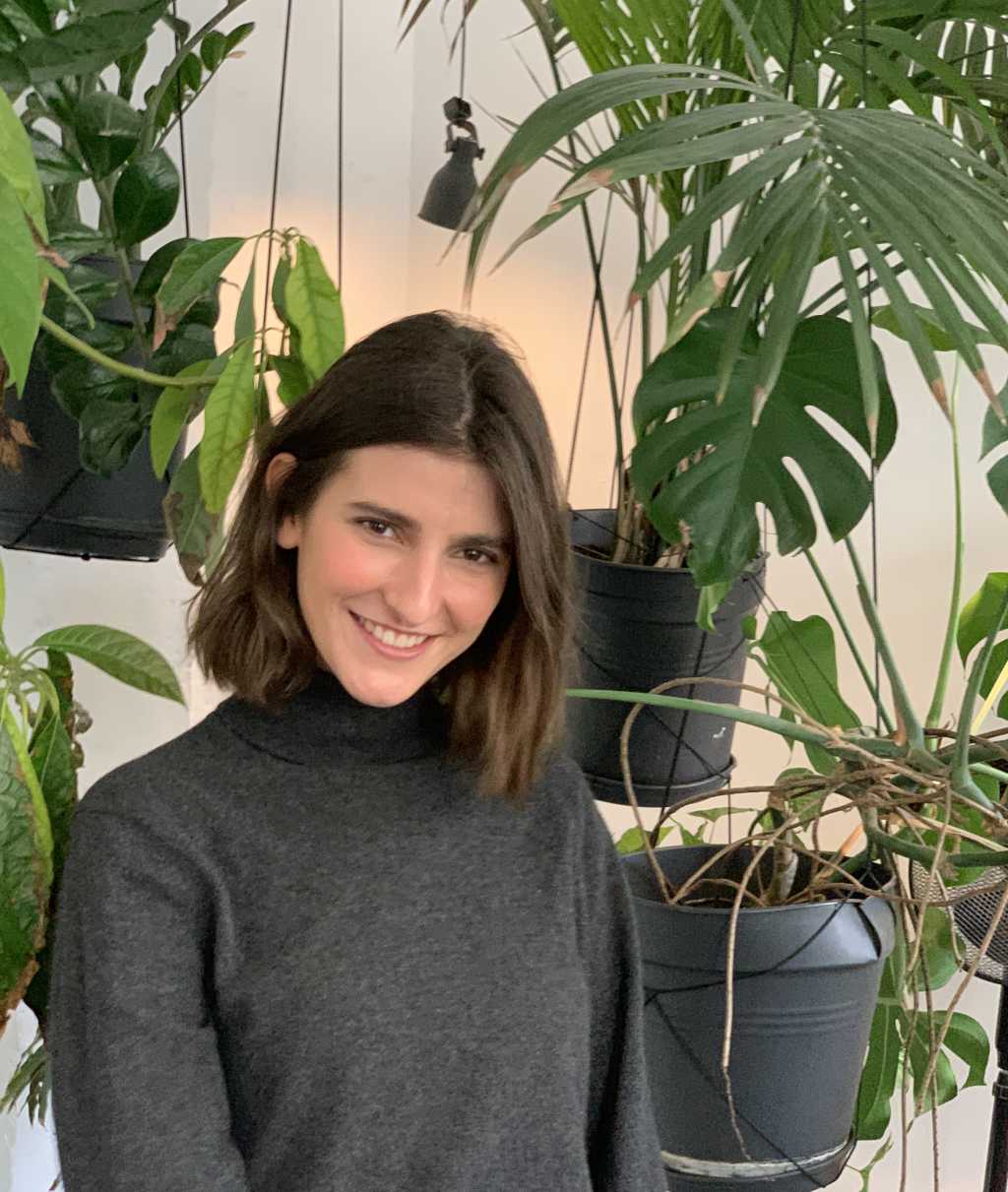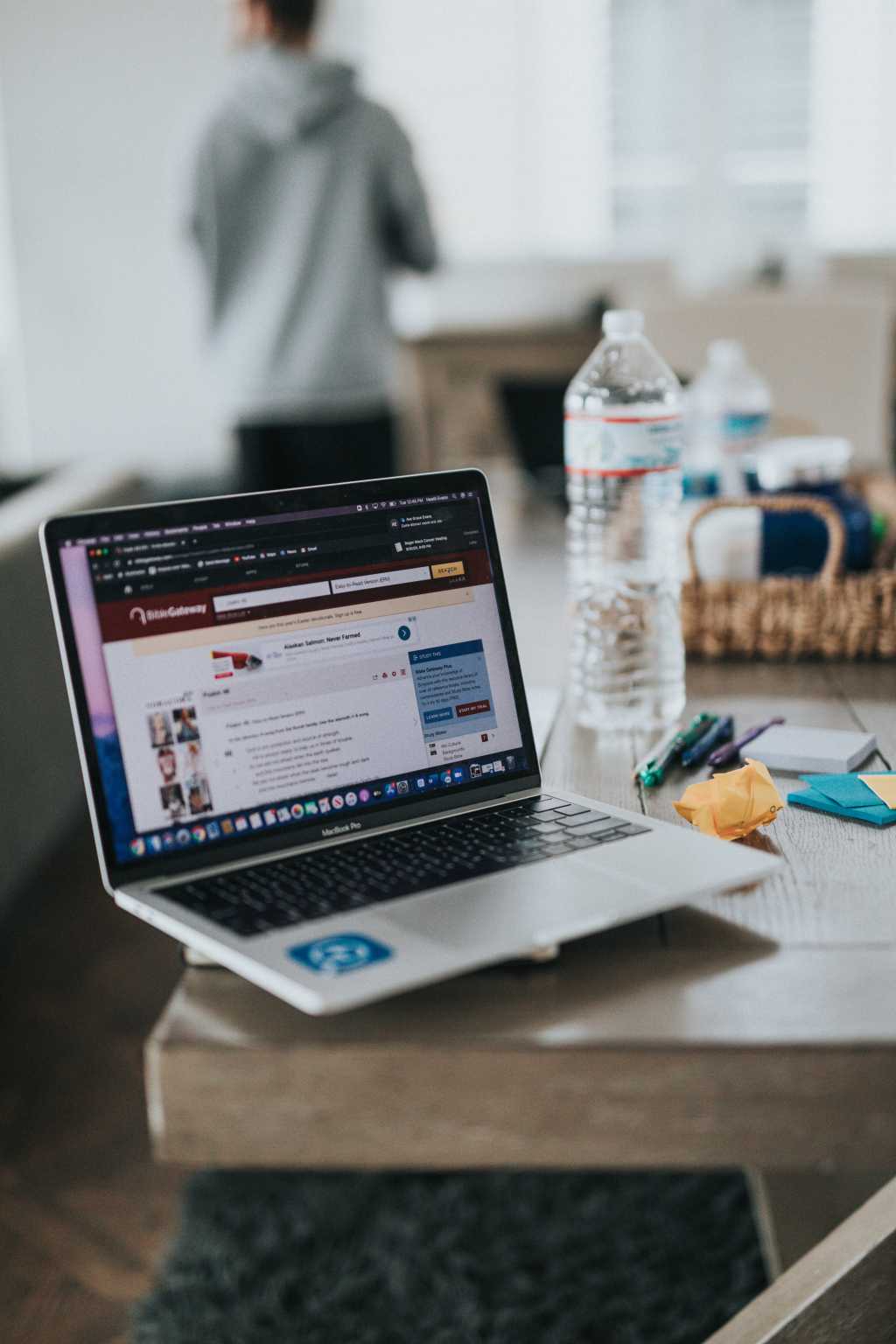Celebrating Seulgi Son’s Journey for Women’s Equality Day
According to the American Geosciences Institute (AGI), women make up 33.1% of those in geoscience occupations. In addition to that, a survey by GIS Lounge found that males hold about two-thirds of the overall representation in the field of GIS.
Female representation in geospatial academic programs and careers may be on the rise, but these numbers show us that the industry still has work to do to achieve significant gender diversity.
To celebrate the work being done to even the playing field for women in the geospatial industry, we’re sharing Seulgi Son’s story for Women’s Equality Day. Starting as a U.S. celebration of women’s suffrage, this holiday has grown to recognize all the areas where women are working toward and achieving equality around the world.
Son is a member of our customer support team, and she’s in her first full-time role in Earth observation. Although this is her first position in the geospatial industry, her interest in the field dates back to the early 2010s.
In 2012, an earthquake rocked the northern U.S., with its effects reaching Son and her family’s home in the New York City borough of Queens. This event sparked curiosity in Son, who was in high school at the time, since earthquakes are less common on the U.S. east coast.
That curiosity drove her to earn a Bachelor of Arts in Geology and Earth Science from Smith College in Massachusetts with a double major in German studies. But it wasn’t until she pursued a master’s degree in Geology and Earth Science from Ludwig-Maximilians-Universität München in Munich that her interests grew to include Earth observation.
“The topic of my master's thesis was a tectono-geomorphic study of uplifted marine terraces and evidence of vertical motion along the coast of southeast Iran and some parts of Pakistan,” Son said. “The issue at the time was that I'm an American citizen. I couldn't so easily go to Iran for fieldwork like my classmates could for their thesis projects. And so the next best thing was to use Earth observation data.”
The project opened her eyes to the different sources of data available to her—such as TanDEM-X, Shuttle Radar Topography Mission (SRTM), and Sentinel data—and how useful they could be.
Pursuing a Career in Germany
Son’s time at Smith College included a study abroad experience at the University of Hamburg, and she enjoyed living and studying in Germany so much that she chose to earn her Master’s degree and find a full-time job in the country.
Only 39% of geoscience graduate degrees in 2017 were conferred to women. Son’s graduate school experience, however, beat the odds.
The students in her master’s program were nearly even in the number of male and female students.
“That was in large part to the directors of that program who were always pushing for more women in geoscience,” she said.
While looking for a full-time opportunity after graduation, Son worked part-time as a cashier in a local outdoor shop in Munich.
“I loved interacting with customers,” she said. “I liked helping solve problems. As the cashier, you experience good conversations with customers, but you also experience customers who are stressed because something has gone wrong with the item they purchased. It's really nice when you're helping them on the spot; you can see their whole mood is lifted.”
Her role as a customer support engineer at UP42 combines the best of both worlds: helping customers find solutions and working in the field of Earth observation. She spends her day supporting customers as well as her internal teammates such as those on the sales team.
“We always have new requests coming in every single day which keeps us on our toes,” Son said. “And sometimes we have some really challenging questions from customers to tackle. You never know what to expect the next day.”
Son’s customer support team is small and doesn’t suffer from the lack of diversity that’s common in the industry. Still, she’s noticed recently that more men tend to apply for openings.
“When we were hiring some engineers, for example, there were more men applying than women, which is a shame and something that I would like to see change.”
Creating Change in the Geospatial Industry
Companies in the industry have opportunities to be more inclusive and increase the number of women within their organizations.
“We could create more internships or programs or training for young women to get involved and get inspired as early as possible,” she said. “This will let them work hands-on with Earth observation data, see how that's used in the industry, and teach them concepts of remote sensing and further training in GIS.”
For girls and young women looking to enter the geospatial field, Son advises them to take all the opportunities that come their way.
“Everything's a learning experience,” she said. “Get your hands dirty with all the open source data you can get online. Play around with QGIS. Don't get discouraged by the fact that there are not so many women in our field right now. Learn by doing, and take the opportunities you can get.”
Although the geospatial industry still has strides to make toward gender diversity, stories like Son’s show that we’re headed in the right direction. We hope to see even more women find positions in the industry that combine their skill sets and interests.
If you’re looking to follow Son’s advice to learn by doing, check out our open positions and internships! You might just find your next opportunity on our team.




